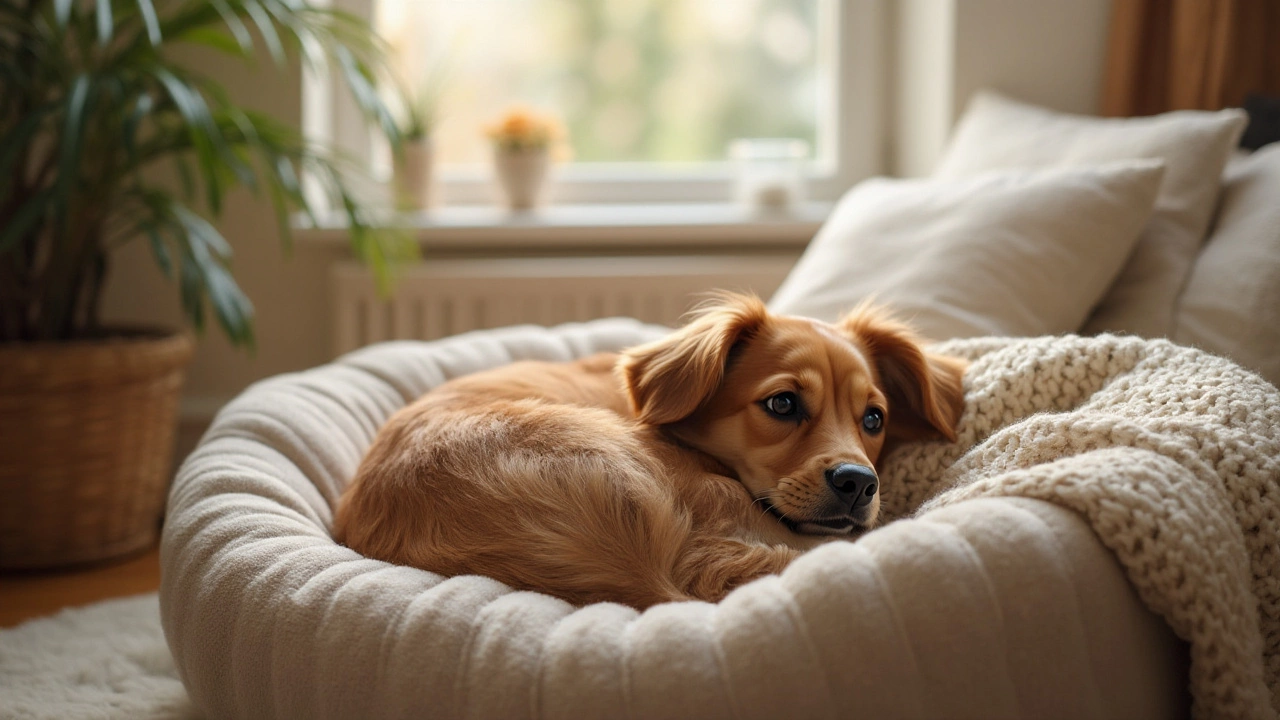Pet Relaxation Made Simple: Calm Your Dog and Cat Today
Feeling like your pup or kitty is always on edge? You’re not alone. A few everyday changes can turn a nervous pet into a chill companion. Below are the most practical hacks that actually work, no fluff.
Everyday Calm Techniques
First, look at the routine. Dogs love a predictable schedule – meals, walks, playtime, and sleep at the same times each day. When the pattern is clear, the brain relaxes. Try feeding at the same hour and taking a short stroll after breakfast. Even a five‑minute walk can lower adrenaline.
Next, create a dedicated “quiet zone.” A crate, cozy bed, or a corner with a soft blanket signals it’s time to unwind. Keep the area away from the TV and the front door, because loud noises and traffic spike stress. Adding a low‑level white noise machine or a fan can mask sudden sounds that startle pets.
Use scent to calm. Pheromone sprays or diffusers designed for dogs and cats mimic the comforting smell of a mother’s coat. Many owners notice their pets settle faster after a few minutes of exposure. Pair the scent with a gentle massage – rub the shoulders and back in slow circles, and watch tension melt away.
Choosing the Right Relaxation Products
If routine tweaks aren’t enough, a product might help. Dog calming collars are a popular choice. They release a steady dose of soothing pheromones and can reduce barking, pacing, and separation anxiety. Look for collars with a long‑lasting formula (at least 30 days) and avoid ones that contain harsh chemicals.
For cats, a calm‑inducing plush toy filled with lavender or catnip can be a game‑changer. The gentle scent calms without overstimulating. Just make sure the catnip level is low – too much can cause hyperactivity instead of relaxation.
Food can also play a role. Adding a spoonful of plain Greek yogurt to your dog’s meal supplies probiotics that support gut health, which in turn steadies mood. Use only a small amount (no more than 10 % of the total food) to avoid digestive upset.
Pumpkin is another safe option for dogs experiencing mild anxiety. A tablespoon of canned pumpkin mixed into dinner can settle the stomach and ease nervous jitteriness. Watch for any signs of diarrhea; if it appears, cut back the amount.
When you’re traveling, a TSA‑approved pet carrier doubles as a calming space. The carrier’s snug fit mimics a den, making dogs feel secure during flights. Choose a model with breathable mesh and a soft liner for extra comfort.
Finally, remember that nothing replaces your calm presence. Speak in a soft voice, maintain relaxed body language, and avoid sudden gestures. Pets read your vibes; when you’re steady, they’ll follow suit.
Try a couple of these tricks today and notice the difference. A calmer pet means a happier home for you too.
Essential Features of a Calming Dog Bed for Your Furry Friend
Selecting the right dog bed can make a significant difference in your pet's quality of sleep and overall well-being. A calming dog bed provides comfort, security, and stress-relief, especially for anxious dogs. Learn about the critical features to look for in a dog bed, including size considerations and material choices. Discover tips on how to introduce your dog to a new bed and enhance their resting experience.
